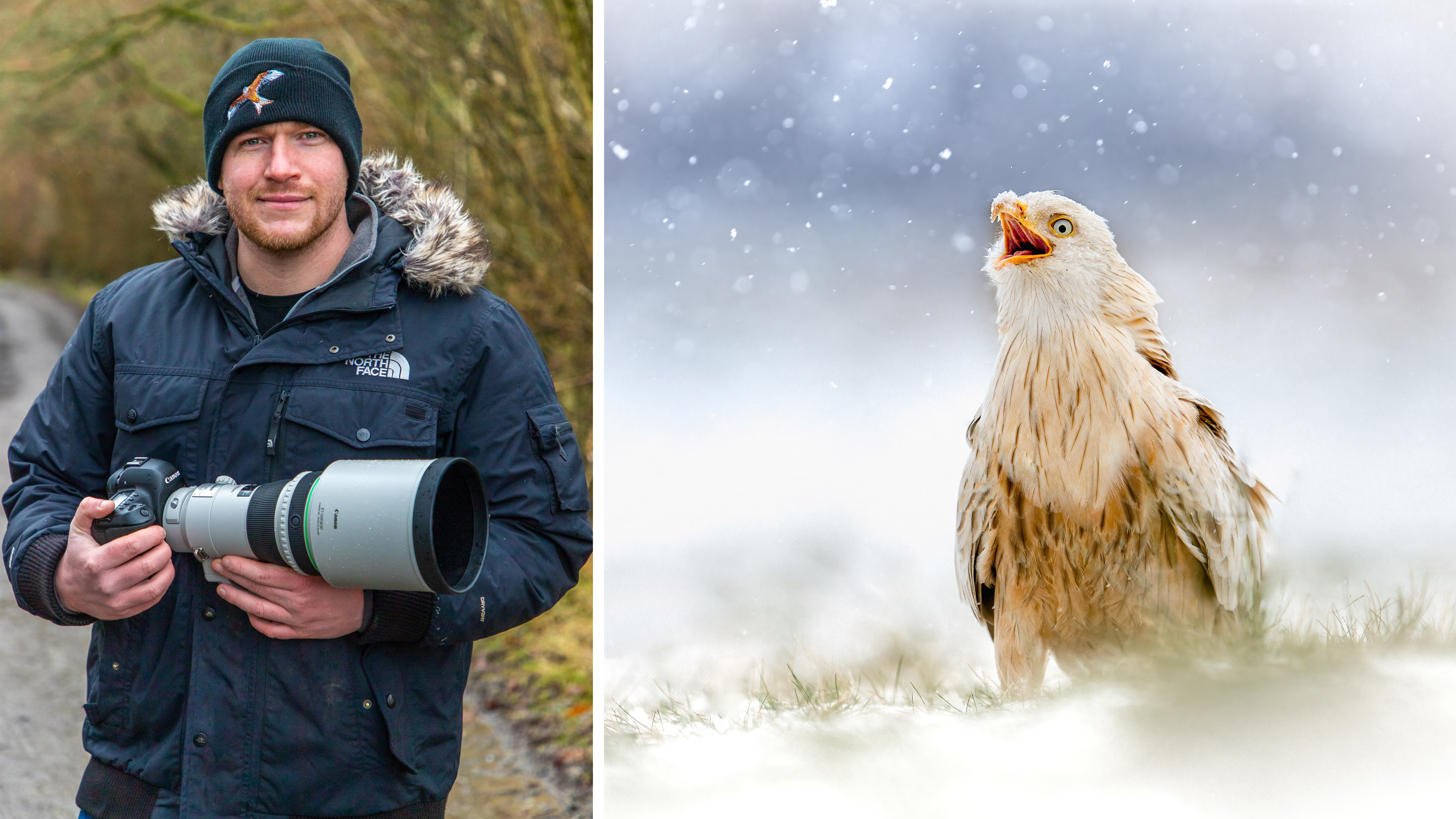
Sean Weekly is a professional wildlife photographer based in Wales, in the United Kingdom, with his own bespoke wildlife hide at Gigrin Farm Red Kite Feeding Station. He changed from his career in the military and moved to Singapore in 2010 where he bought his first Canon DSLR and never looked back.
He now works as a guide for the Wildlife Worldwide travel company, leading numerous photography trips and 1-2-1 sessions. We recently caught up with Sean to find out his tricks and tips for wildlife photography as well as the essential camera kit he couldn't live without.
• Read more: Best professional cameras
"I’ve had an interest in photography since I moved to Singapore in 2010 as part of a career change from the military. Singapore was full of diverse nature: wild long-tailed macaques living opposite me and snakes, lizards and tropical birds all within a stones throw away, too – it was impossible not to take an interest!
"I now live in rural mid-Wales and being surrounded by the natural world here gives me endless opportunities to develop my camera skills. My passion and job has taken me all around the world, taking photos of a wide array of wildlife species."
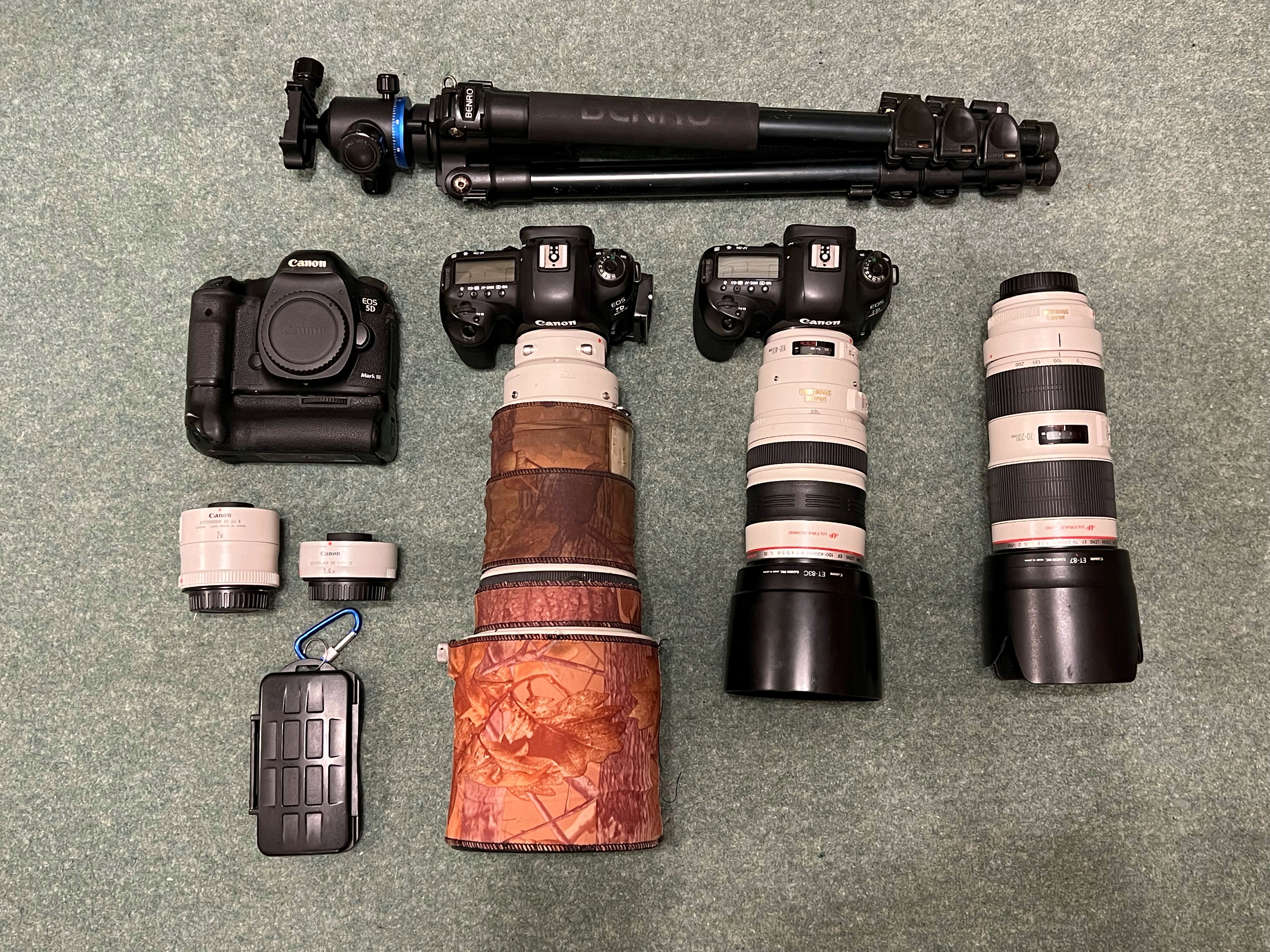
"The most significant aspect of wildlife photography for me is being outside, breathing fresh air and feeling at one with nature," he continues.
"I’d recommend that you try not to compare yourself to others, as there’s lots of amazing photographers out there today. I find comparing yourself to people will only serve to destroy your creativity when it comes to producing beautiful images. Shoot what you enjoy and love and your photography will prosper naturally.
Get the Digital Camera World Newsletter
The best camera deals, reviews, product advice, and unmissable photography news, direct to your inbox!
"My favorite shot from this year was of a leucistic red kite on the ground during heavy snowfall, captured from my hide in Wales. Unlike albinism, leucism doesn’t completely eliminate pigment; these birds appear lighter than normal, but aren’t fully white. There are roughly only ten leucistic red kites in the whole of Wales, so getting this particular image of one on the ground in heavy snow fall is probably a once in a lifetime photograph!"
You can find out more information on Sean's courses at his website, and more of his awesome work can be seen on his Instagram.
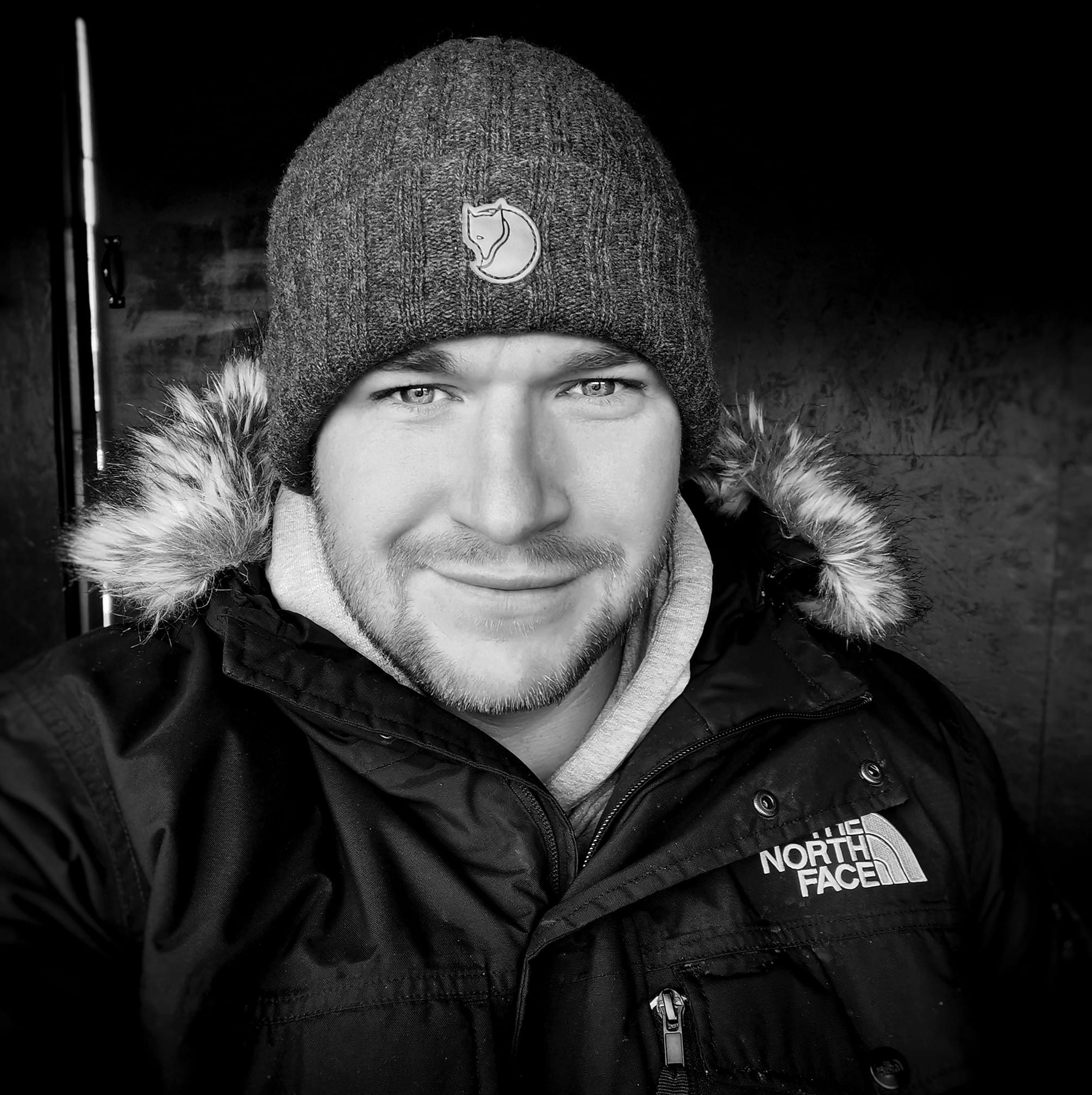
01. Canon EOS 5D Mark IV
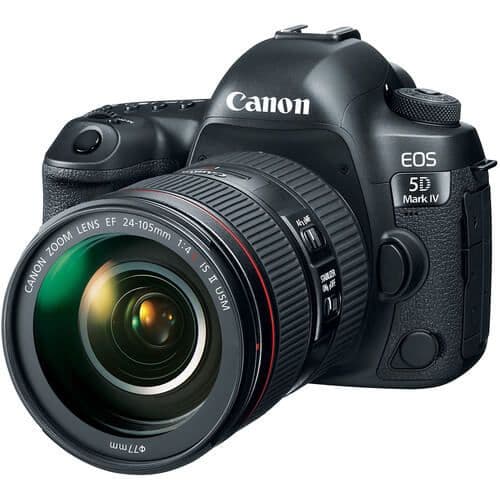
"I’ve shot with Canon cameras for more than ten years now and I wouldn’t change a thing. I love how easy I find the controls and button layout, I also find the colors on my Canon cameras to really pop, which I haven’t found with other cameras. My latest DSLR is the EOS 5D Mark IV, which does everything I need it to do with brilliant weather sealing for when I’m shooting outside – 30MP is perfect to crop into a subject when you cannot get any closer."
02. Canon EOS 5D Mark III
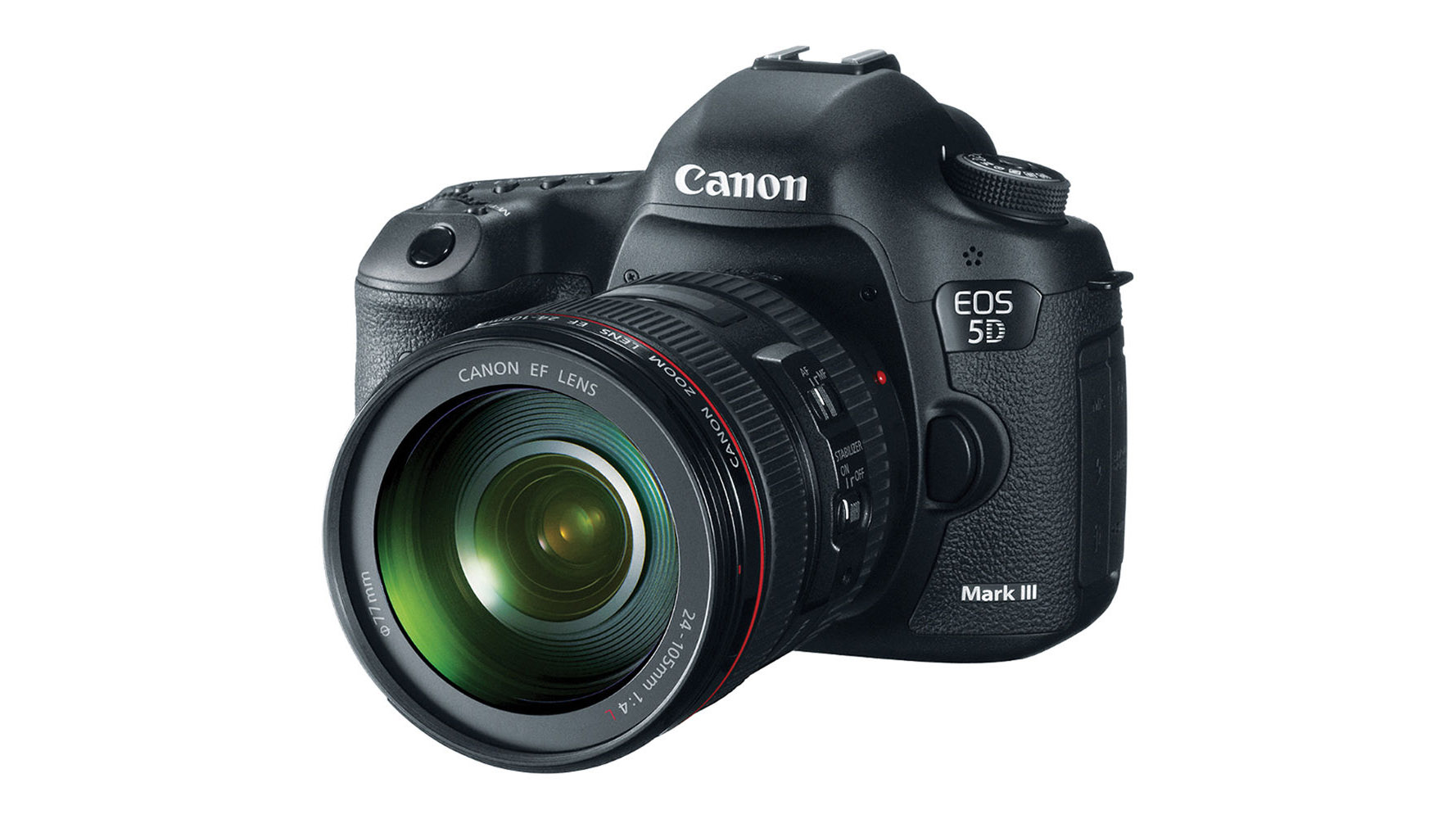
"I’ve kept hold of my trusty old Canon EOS 5D Mark III body too as a backup, just in case my main camera ever developed a fault on a shoot, as that would mean I’d have to pack up and stop shooting early. Although the 5D Mark III is a slightly old camera, it’s still an excellent workhorse, fully compatible with my full-frame EF Canon lenses, has a 22.3MP resolution and 61-point AF system."
03. Canon EF 300mm f/2.8L IS USM Mark II
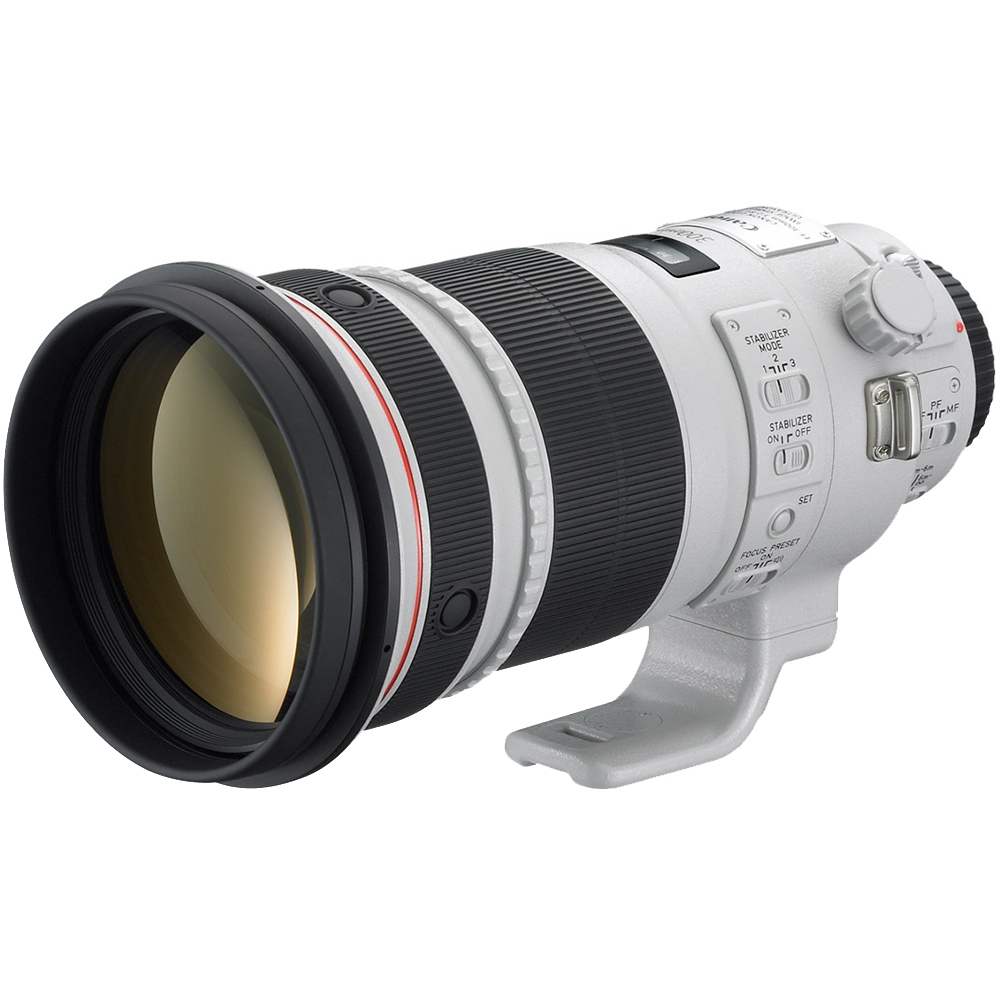
"This telephoto prime is my favorite bit of kit, I have shot with lots of different Canon primes, but this beast is so incredibly fast and sharp. The depth of field and creamy soft bokeh that it produces at f/2.8 is just sensational. I shoot pretty much all of my images wide open at f/2.8 and this has become part of my signature style."
04. Canon EF 70-200mm f/2.8L IS USM Mark II
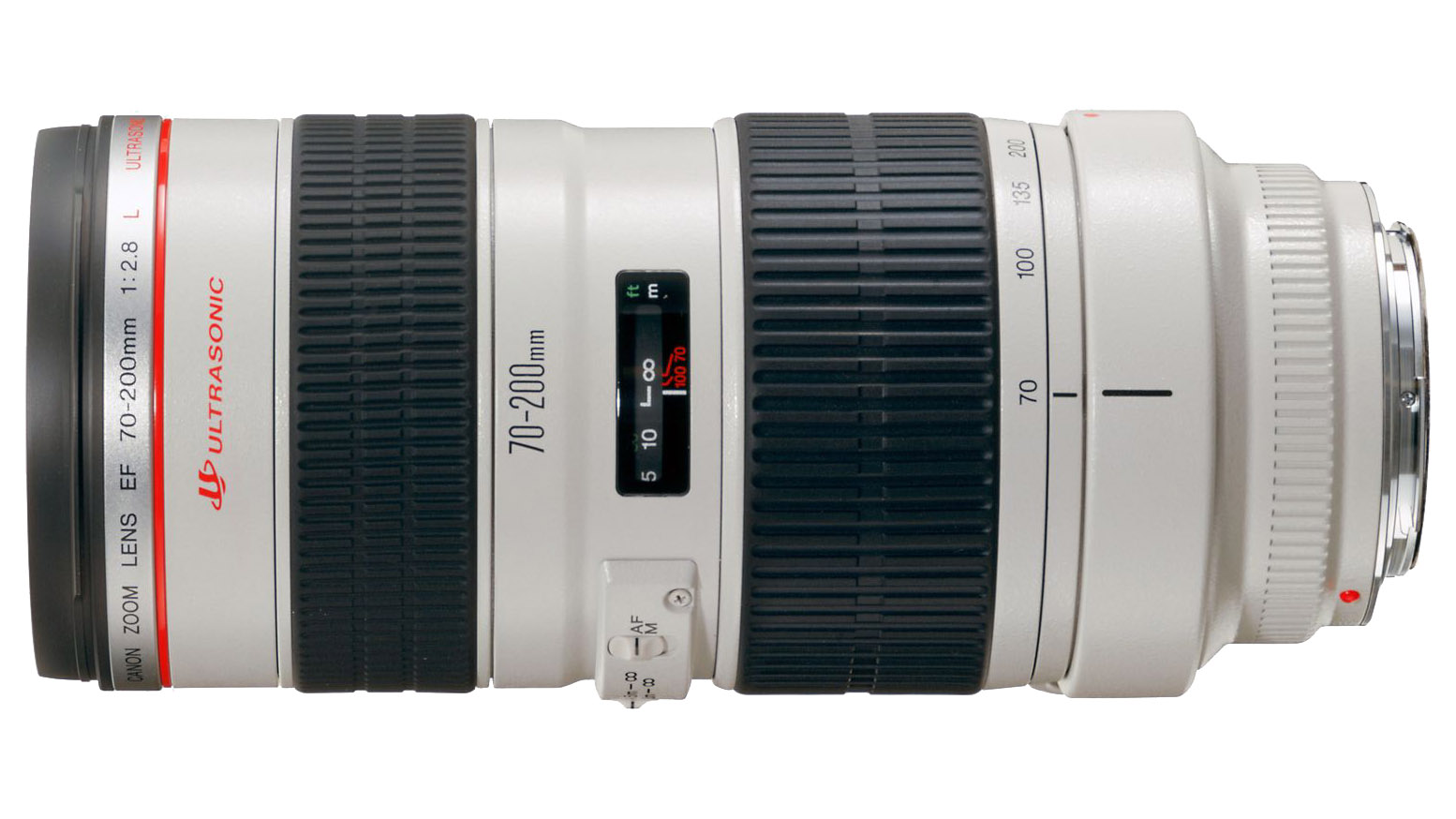
"Most pro wildlife photographers own a 70-200mm lens and for good reason! This one is much lighter and portable than my big 300mm prime lens, yet it’s still very sharp and versatile. The zoom range is a bit wider than my 300mm lens, so it’s handy for more environmental shots where I want to include more of the wildlife’s surrounding habitat."
05. Canon EF 2x III Extender
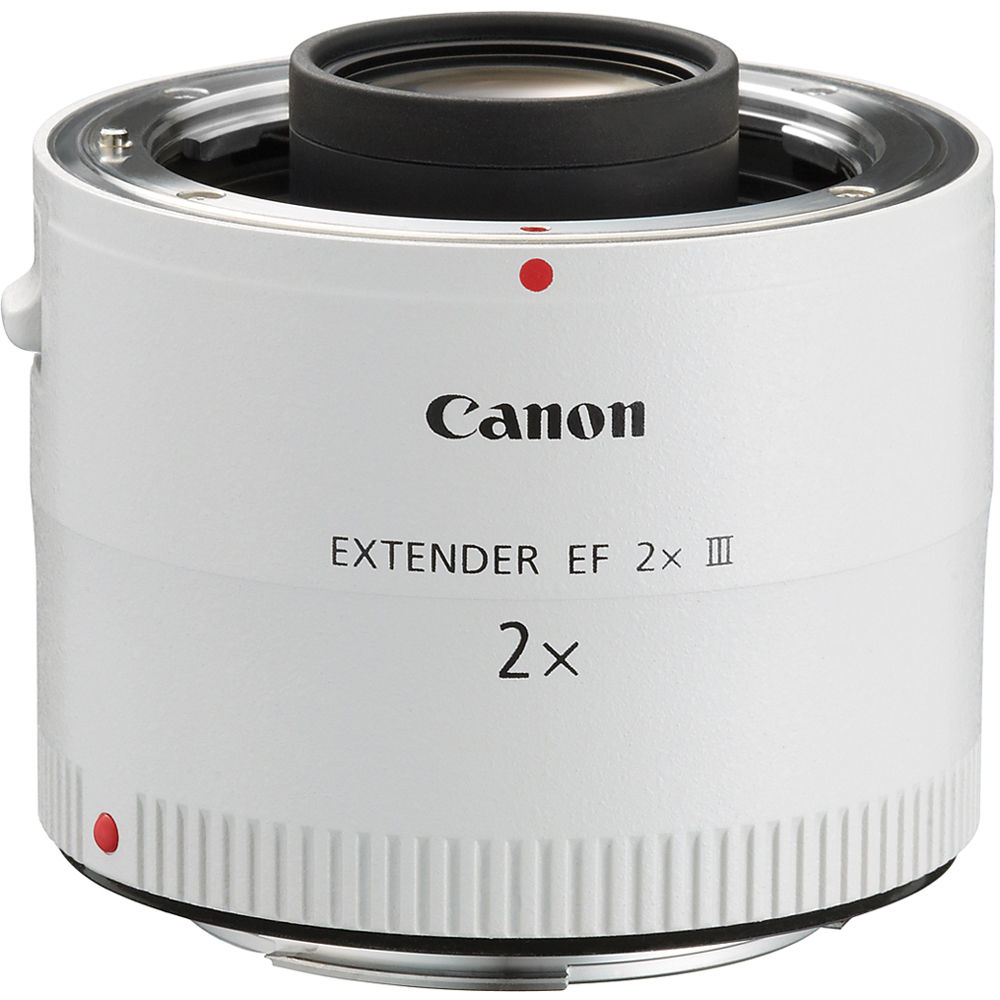
"I use this on occasion when field craft alone cannot get me close enough to my subject. I will put this on my 300mm f/2.8 lens, which takes it to a 600mm focal length, one of the reasons this teleconverter is often referred to as a ‘doubler.’ But it also reduces light coming in to the lens by two stops, so the aperture goes from f/2.8 to f/5.6 in terms of how much light is coming in. The lens is still incredibly fast and image quality is great."
• Best teleconverters and how they work
06. Benro Series 1 Adventure tripod
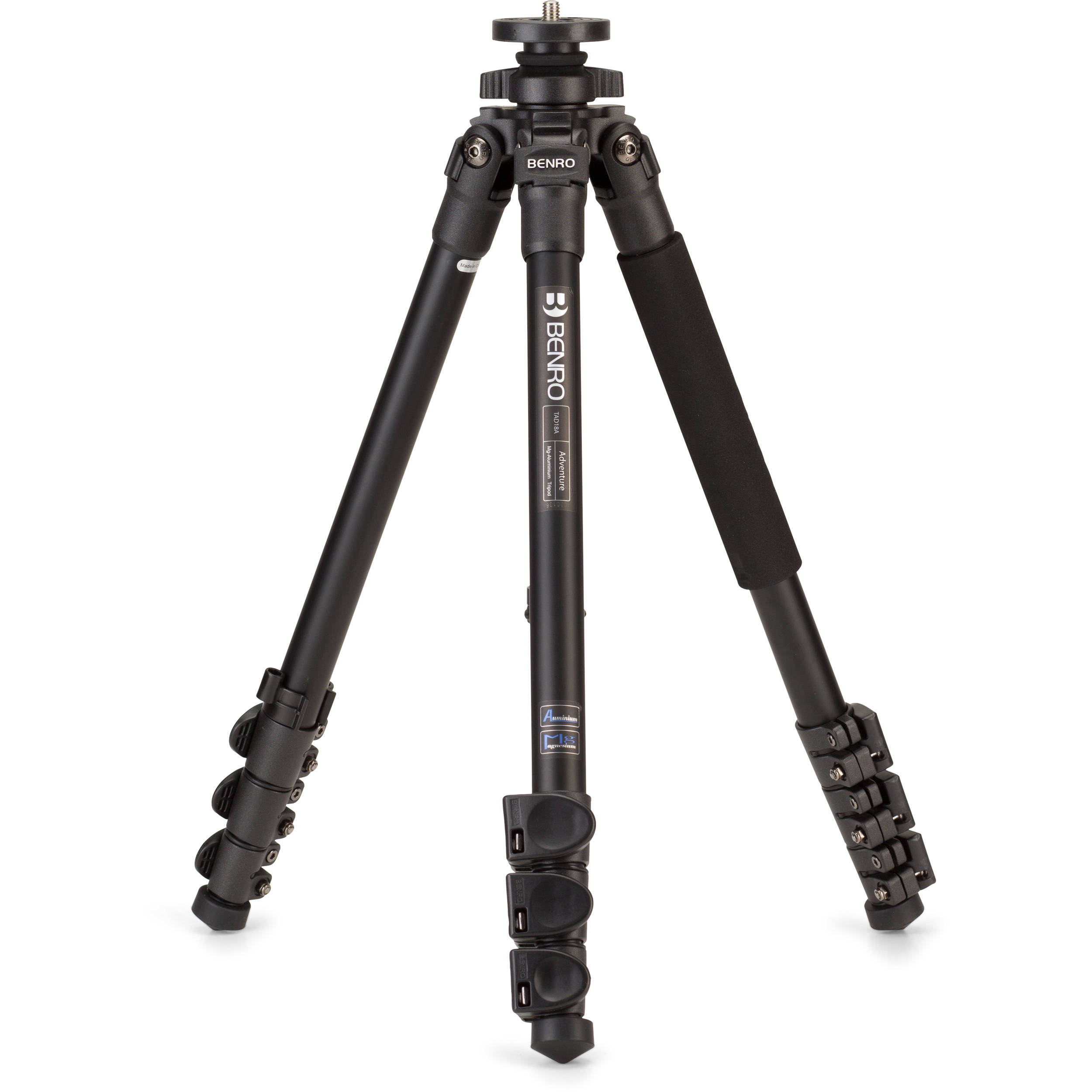
"I love to shoot handheld for the most part, but there are rare times when I need a tripod. I love using this Benro Series 1 Adventure tripod as it gives me incredible flexibility. However there are times when I’m shooting creative images where I will use my tripod. For example, when shooting long exposures and slow shutter panning."

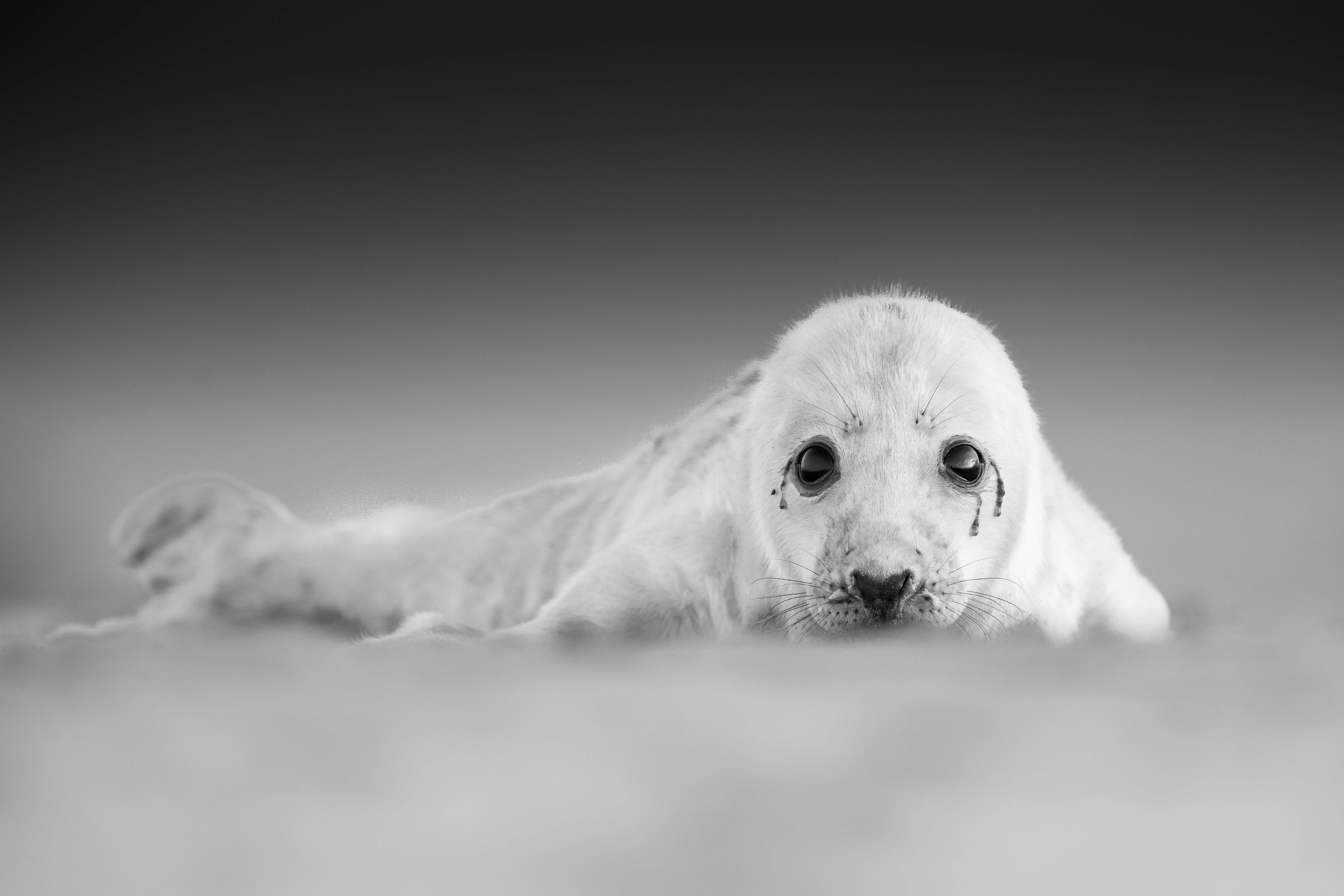
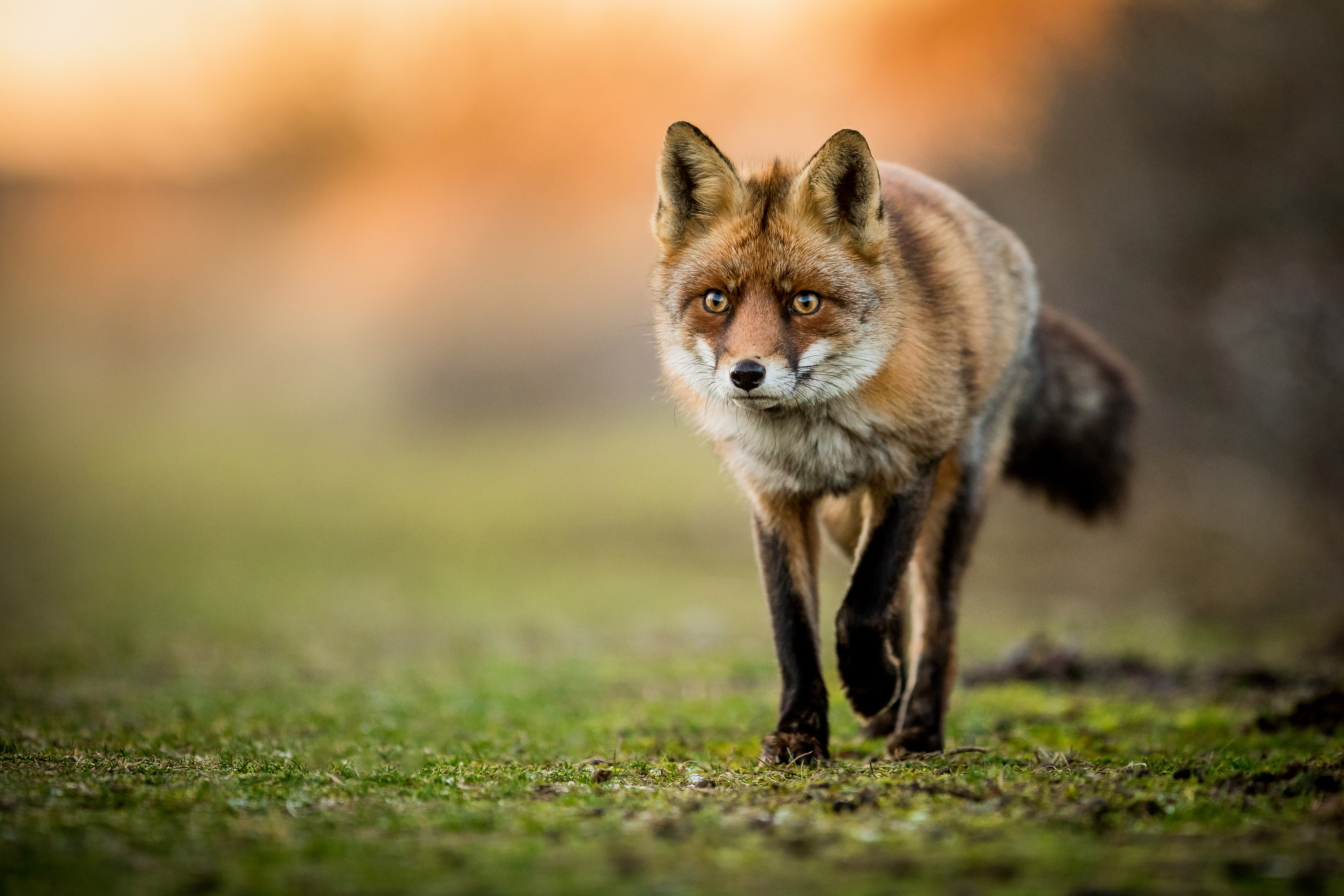
PhotoPlus: The Canon Magazine is the world's only monthly newsstand title that's 100% devoted to Canon, so you can be sure the magazine is completely relevant to your system. Every issue comes with downloadable video tutorials too.
Read more:
Canon EOS R5 review
Canon EOS 5D Mark IV review
Best Canon cameras
Best Canon lenses
Best professional cameras

Deputy Editor on PhotoPlus: The Canon Magazine, Dan also brings his technical wizardry and editing skills to Digital Camera World. He has been writing about all aspects of photography for over 10 years, having previously served as technical writer and technical editor for Practical Photography magazine, as well as Photoshop editor on Digital Photo.
Dan is an Adobe-certified Photoshop guru, making him officially a beast at post-processing – so he’s the perfect person to share tips and tricks both in-camera and in post. Able to shoot all genres, Dan provides news, techniques and tutorials on everything from portraits and landscapes to macro and wildlife, helping photographers get the most out of their cameras, lenses, filters, lighting, tripods, and, of course, editing software.

